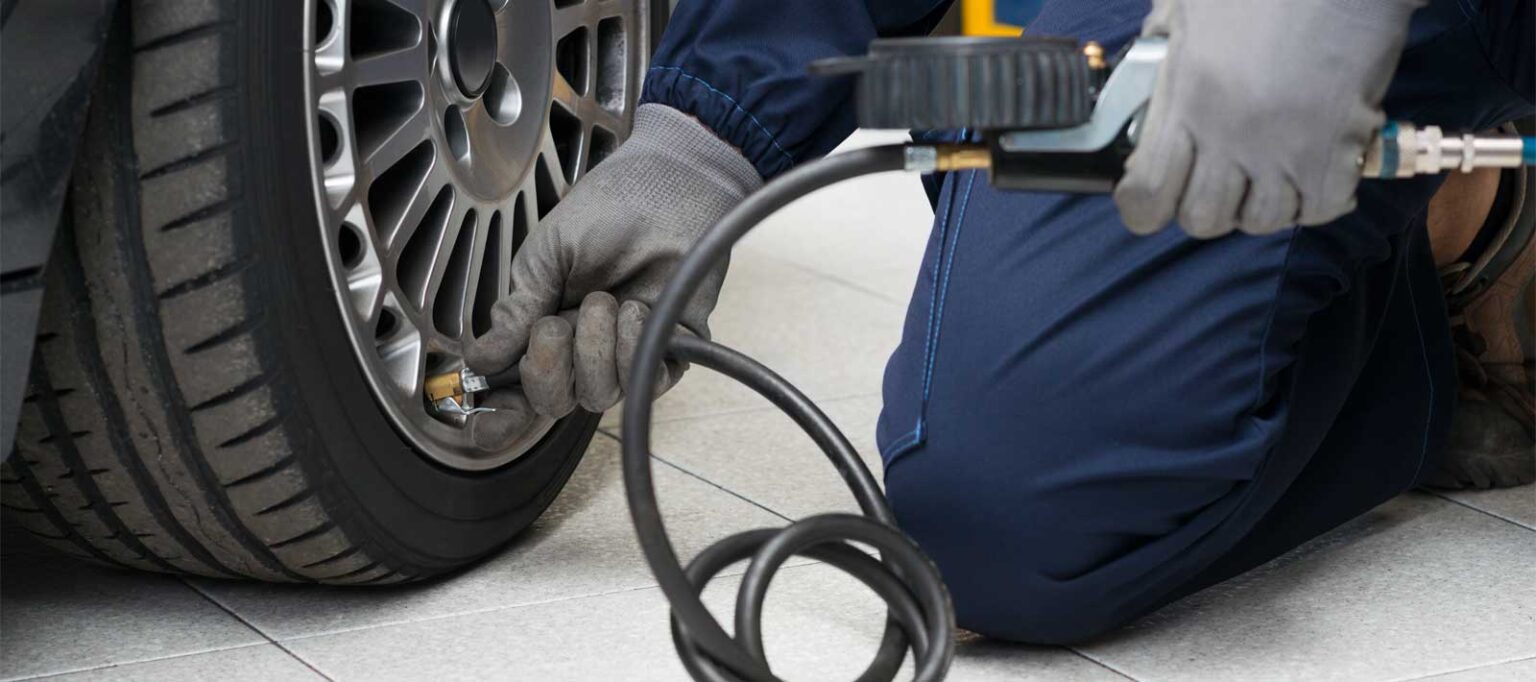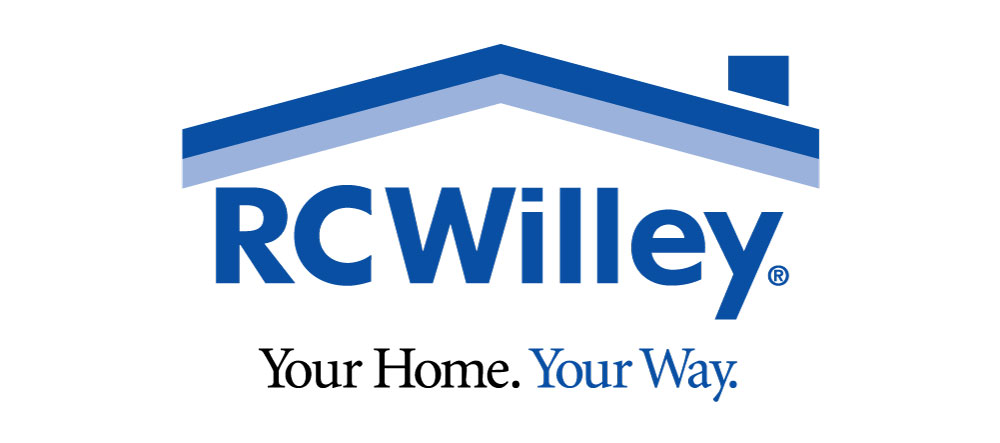Part of taking care of your car involves keeping tire pressure within the correct range to prevent an increased risk for flat tires, premature wear and poor vehicle performance. The wrong pressure wears out your tires too fast. Also, your vehicle will be less safe and harder to drive.
- Low tire pressure lowers your gas mileage and causes the vehicle body to sit lower than usual on the ground. It affects braking, too.
- Overinflated tires give you a bouncy ride.
Safety is enough of a reason to check tire pressure even if nothing else is involved, but cost matters, too. New tires are expensive. Spending too much on gas may not be as painful as replacing an entire set of tires, but it isn’t a good use of cash, either.
You need to know two different tire pressures.
- The first tire pressure is the correct tire pressure for optimal performance. It is usually on a sticker on the driver’s door jamb. (Refer to the owner’s manual or do an online search if you can’t find it.) The measurement will be listed in pounds per square inch (psi). As a reference point, the recommended tire pressure for most passenger cars is 32-35 psi.
- The second tire pressure is the maximum tire pressure, and you will find it on the actual tire. Make sure you don’t inflate the tires to the maximum tire pressure. When you drive, friction between the rolling tires and the roads generates heat. The heat increases the air pressure, and the tire pressure will then be higher than the maximum.
Tire pressure is higher when the weather is hot and lower when it is cold. Either one might move your tire pressure outside the optimal performance range. Temperature can significantly affect tire pressure. If the temperature drops 10 degrees, tire pressure will drop 1-2 psi. If the temperature drops 50 degrees, you could lose 5-10 psi in your tires. That drop isn’t good, but don’t overinflate your tires to compensate for big temperature shifts. Stay within the recommended range instead.
If your car was made after 2007, it probably has a Tire Pressure Monitoring System (TPMS) that displays a warning light when one or more tires drop below the recommended tire pressure. The symbol is like an exclamation point bracketed by a tire cross-section. If the TPMS light goes on when you first start driving and then goes off again, your tires are underinflated, but driving heat temporarily increases the air pressure.
Even if you have a TPMS, it’s a good idea to check the air pressure manually once a month. The tires could be underinflated, but not enough to make the warning light go on.
You want to get the most accurate and consistent tire pressure possible. Park the vehicle and wait overnight, or at least a few hours, before you measure. Waiting gives driving heat a chance to dissipate.
A tire pressure gauge measures tire pressure; if you don’t have one, you can usually buy them at auto parts stores and some gas stations. (Once you own will probably be more accurate than the one you would use at the gas station.) The tire has a capped valve stem. Remove the cap and push the gauge onto the stem, then look at the reading.
When you know the pressure is too low or too high, take care of the problem quickly. Drive to your closest Tunex and let us check your tire pressure and get you back on the road.
Most gas stations have air compressors but you will need your own tire pressure gauge. Read the instructions or ask for help if you are adding air for the first time. You can also use a portable air compressor instead if you have one.
If you put air in your tires and the air pressure is low again the next day, you might have a tire puncture or a bad seal between the wheel and the tire. The best thing to do is to take your vehicle to Tunex as soon as possible. We are always happy to keep you safe.
What if you have a flat tire? Bring it in to Tunex and we can evaluate the damage and possibly fix it for you. Car insurance usually has an option for comprehensive road-service coverage. It is relatively inexpensive, and it gives you someone to call for help when you need it.
Popular Mechanics has a website article about putting on a spare tire at https://www.popularmechanics.com/cars/how-to/a5855/how-to-change-a-flat-tire/.




